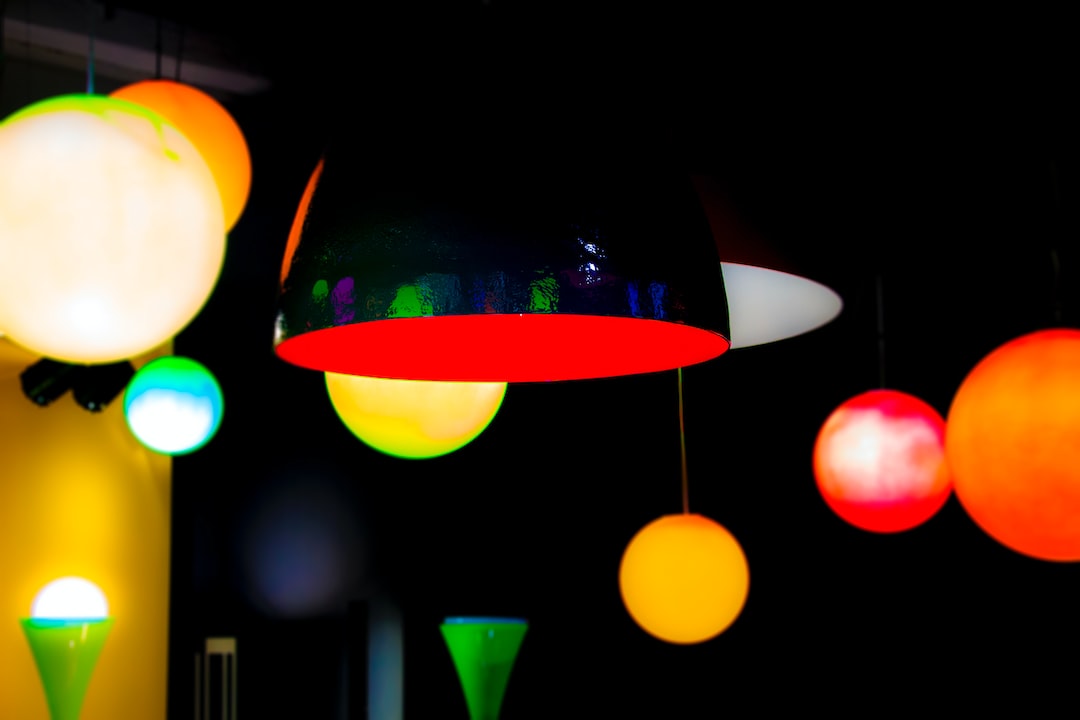The Evolution of Abstract Art: A Journey through the Ages
Art has always been a reflection of the world around us, providing a visual representation of our thoughts, emotions, and experiences. One such form of artistic expression that has evolved over time is abstract art. Abstract art can be traced back to the early 20th century, and since then, it has undergone significant transformations, challenging conventional notions of representation and embracing a more experimental approach.
The advent of abstract art was a response to the changing world and the dynamic advancements happening in society. It emerged as a break from traditional art forms that sought to depict recognizable objects and scenes. Artists started experimenting with different techniques and materials, aiming to convey emotions and ideas through non-representational means.
The pioneers of abstract art, such as Wassily Kandinsky and Kazimir Malevich, were at the forefront of this movement. They believed that art should be free from the constraints of the physical world and should instead focus on the spiritual and emotional realm. Kandinsky, in his seminal work, “Concerning the Spiritual in Art,” argued that abstract art had the power to evoke deeper feelings and ignite a spiritual awakening in the viewer.
The early stages of abstract art were marked by bold experimentation and a departure from traditional perspectives. Artists were no longer concerned with recreating reality but instead explored new ways of representing the intangible. Geometric shapes, bold colors, and fluid forms became the primary tools of expression. Artists used techniques like automatism and gestural brushstrokes to create spontaneous and subconscious artworks, allowing their emotions to guide their artistic process.
As time passed, abstract art continued to evolve, with different movements and styles emerging in different parts of the world. The Russian Suprematists, led by Malevich, focused on the use of simple geometric shapes, such as squares and circles, to convey the ultimate essence of art. The Dutch art movement De Stijl, with artists like Piet Mondrian, sought to create a universal visual language by reducing art to its basic elements of lines and primary colors.
In the mid-20th century, abstract expressionism emerged as a dominant force in the art world. Artists like Jackson Pollock and Willem de Kooning embraced an instinctual and spontaneous approach to painting. They believed that the act of creating art was as important as the final product, and their works captured the energy, emotion, and physicality of the artist’s gestures.
The 1960s saw the rise of minimalism, a movement that stripped away unnecessary details and focused on the essence of form and shape. Artists like Donald Judd and Dan Flavin used industrial materials and simple geometric structures to create clean and precise artworks. The reduction of elements to their bare essentials allowed for a direct and immediate impact on the viewer.
As we move into the 21st century, abstract art has continued to evolve, embracing newer technologies and mediums. Digital art and installations have opened up new possibilities for artists, enabling them to create immersive and interactive experiences. Artists like Olafur Eliasson and Yayoi Kusama have pushed the boundaries of abstract expression, blurring the lines between art and reality.
The evolution of abstract art has been a journey through the ages, mirroring the ever-changing world we live in. It has challenged established norms, pushed boundaries, and provided a platform for artists to explore the depths of their creativity and emotions. From the early pioneers to the contemporary visionaries, abstract art remains a powerful and transformative art form that continues to inspire and awe audiences around the world.
In conclusion, abstract art has come a long way since its inception in the early 20th century. It has evolved from a rebellion against traditional art forms to a vehicle for emotional expression and experimentation. Throughout its journey, abstract art has embraced various styles and movements, each contributing to its rich tapestry. As we look to the future, it is exciting to envision how abstract art will continue to evolve and surprise us, providing new perspectives and insights into the human experience.


